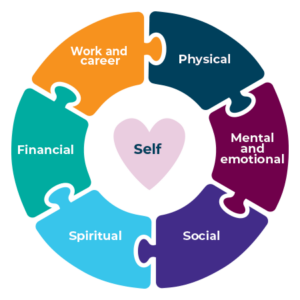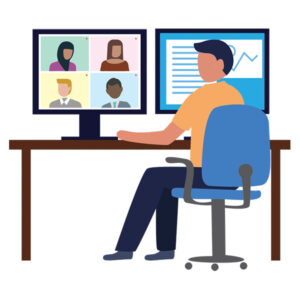Theme 3: Support in identifying and improving dysfunctional systems in our organisations
Stress and burnout also remain a significant issue when it comes to health and social care staff. Continued high demands and pressures and increasingly complex population health needs, make for a stressful working environment.
However, it’s important to recognise that sometimes the source of those stressors lies within organisations and their processes, rather than individuals themselves. How can we work together to reduce the stresses from our organisations, their structures and processes, and overall improve working conditions?
Whilst the research shows clearly that having decision making latitude is a very strong anti-burnout indicator, many staff still feel disempowered over the direction of their workload and organisation. We propose that co-production with staff is the best response to that stress – such as an experience based co-design approach, for example.
Experience based co-design
This process was originally designed to improve patient experience and services, however methodology can be applied to how we listen to our workforce and frontline staff.
It involves gathering experiences from staff through deep listening and group discussions. As part of this process, ‘key touch points’ are identified and assigned a sentiment (positive or negative). Through the use of storytelling, this is fed back to staff in a creative and impactful way. Staff from all levels are then brought together with senior leadership to explore the findings and identify/implement activities that will improve staff experience.
Overall it not only helps in identifying key causes of stress for staff with our organisations, but also encourages everyone to participate in exploring and implementing solutions. This is a fundamental shift in our how we do things, but will lead to staff feeling valued, heard and empowered.




